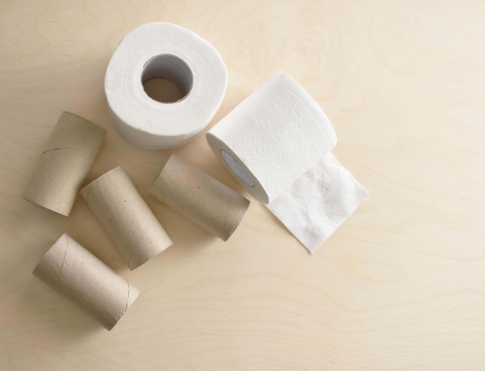Wet-end Stability
Adding the necessary amount of chemicals needed
Improved chemical reaction helps you to achieve the quality you aim for with the lowest amount of chemicals
Benefits
- Keep chemical consumption and costs under control
- Stabilize the system to use functional chemicals efficiently
Wet-end solutions
BTG Solutions aims to stabilize and improve chemical performance
Chemicals added in the wet-end of any kind of paper or board production are a cost factor and influence the performance of the process. Either they are process chemicals or functional chemicals. A common goal for all productions is to use as much as necessary but less as possible.
To reach that goal it is important to measure the reaction of chemicals in the process. That can be a measurement of cationic demand to unveil raw material variations and use chemicals to stabilize these variations. With this approach, a specific dosage of a functional additive will always provide a specific improvement in a quality parameter. That helps operators to reach their paper quality targets faster and more stable.
Another measurement to stabilize the wet-end, is the headbox and white water consistency measurement. With these two measurements, it is known how much of the raw material sent to the headbox is being used for the paper and how much falls through the wire. This material is a mixture of fiber, fines, filler, and chemicals. To keep as much of them on the wire, a retention aid is added and controlled with the result from the white water consistency measurement.
A third measurement that is important is air content. The chemical itself is cheap compared to many other additives and is used to keep the air content or foam under control. An effect that is underestimated, is the connection between deaerator and retention aid. A deaerator has a negative impact on the retention aid and drainage. Saying this, it has a direct impact on the efficiency of the retention aid and runnability of the machine.
Other important measurements that should be available in the wet-end are pH and conductivity. pH needs to be controlled as it can influence the dissolution of calcium carbonate and creates additional air and have an impact on the reactivity of functional additives, e.g. starch. Conductivity can be used to explain several interrelationships in the process. Closed water circuits have high conductivity and a big impact on the behavior of used additives.
All described controls need to be fast and accurate, which is best achievable with single-point measurements. Speed is important.
Moving manufacturing forward
BTG integrates solutions for sustainable gains in business performance across your operations
Best in-class solutions
Leading-edge product application solutions deliver best-in-class solution for manufacturing
Proven cross-mill benefits
An integrated whole-of-mill approach that unlock new levels of process optimization
Trusted at every level
Measurable performance gains that support operational, maintenance and project professionals
Value added services
- BTG’s Mütek lab devices create cost savings through optimized chemical dosage and reliable, stable operation
- A new, fast and accurate method to optimize polymer dosage for dewatering processes in ‘ effluent treatment
- BTG’s Mütek PCD opens up new options for measurement of grain products, raw materials, additives and finished products

Download Resources
Get Access to our marketing materials, installation guides etc,.